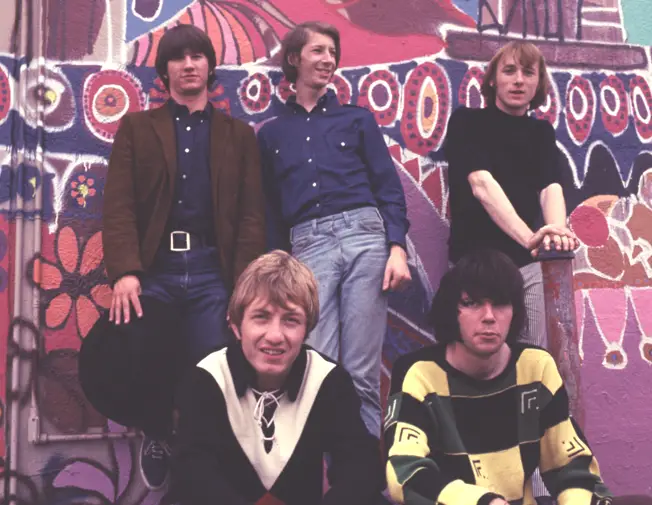Buffalo Springfield Songs Ranked
Buffalo Springfield was a North American rock band active from 1966 to 1968 whose most prominent members were Stephen Stills, Neil Young, and Richie Furay. The group released three albums and several singles during its brief existence, including “For What It’s Worth”. The band combined elements of folk and country music with British invasion and psychedelic-rock influences, and, along with the Byrds, were part of the early development of folk-rock.
With a name taken from the manufacturer’s nameplate from a steamroller, Buffalo Springfield formed in Los Angeles in 1966 with Stills (guitar, keyboards, vocals), Dewey Martin (drums, vocals), Bruce Palmer (bass), Furay (guitar, vocals), and Young (guitar, harmonica, piano, vocals). The band signed to Atlantic Records in 1966 and released their debut single “Nowadays Clancy Can’t Even Sing”, which became a hit in Los Angeles. The following January, the group released the protest song “For What It’s Worth”, for which they are now best known. Their second album, Buffalo Springfield Again, marked their progression to psychedelia and hard rock.
After various drug-related arrests and line-up changes, the group broke up in 1968. Stephen Stills went on to form the supergroup Crosby, Stills & Nash with David Crosby of the Byrds and Graham Nash of the Hollies. Neil Young launched his solo career and later joined Stills in Crosby, Stills, Nash & Young in 1969. Furay, along with Jim Messina, went on to form the country-rock band Poco. Buffalo Springfield was inducted into the Rock and Roll Hall of Fame in 1997. Here are all of Buffalo Springfield songs ranked.
Don’t miss out on the sound of Buffalo Springfield! Click and experience the music created when we combine members of The Byrds, The Hollies, and Poco!
15. Sad Memory (Buffalo Springfield Again, 1967)
“This is Buffalo Springfield’s second album and it made me feel dumb, because at some point I thought “this sounds like Neil Young”, and later I discovered that it was, in fact, him plus his buddy Stephen Stills. I liked how the band blended folk with psychedelic rock, sometimes it’s very calming and delicate on tracks like “Sad Memory””
14. Questions (Last Time Around, 1968)
“‘Questions’ feature ferocious guitar solos (well displaying how Steve’s strength lies in professionalism, technicality, and fluidity, whereas Neil’s strength lies in minimalism and spontaneousness);”
13. On the Way Home (Last Time Around, 1968)
“‘On The Way Home’, introduced with a brawny brass section, is typical Seventies-style country-Young, but moderately fast at least, so you can’t say it drags or anything. Nice, but hardly essential.”
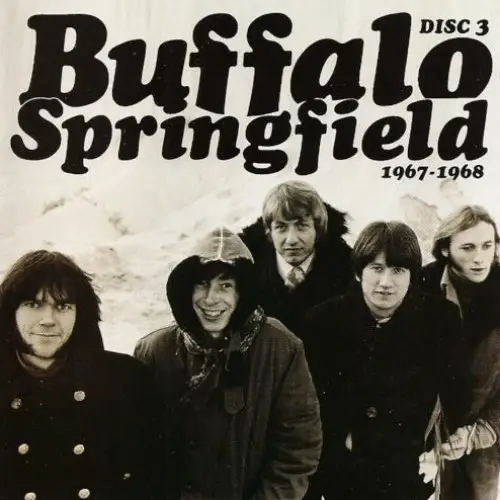
12. Kind Woman (Last Time Around, 1968)
“Kind Woman’, a generic 3/4 country ballad that has the nerve to be the only song on the record to go over four minutes, but is also distinguished by Richie’s developed singing style – lush and quite sentimental without being too sappy. “
See more: Buffalo Springfield Albums Ranked
11. Burned (Buffalo Springfield, 1966)
“Another top-notch Young contribution, Burned, with its fabulous vocal harmonies and brief, minimalistic, but enjoyable piano and guitar break”
10. Bluebird (Bluebird, 1967)
“Bluebird” starts out as a fairly standard 60’s country/folk rock jam. Then, on the album version, the vibrant drums fade out and a guitar comes in and plays some stunning major 9th chords. Then you get some quality banjo playing at the very end. Very great choices for the end of that song.”
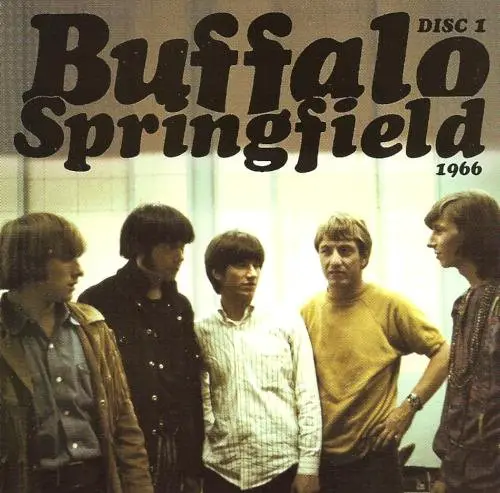
9. I Am a Child (Last Time Around, 1968)
“Neil contributed one glorious song, though, maybe even the best song he wrote in his BS days, the boppy country rocker ‘I Am A Child’, highlighted by his special harmonica playing style, catchy, melancholic, and in his usual mystical way, but without too much pretense. In fact, I don’t even think he used to regularly make acoustic-and-harmonica numbers like these throughout his solo career until at least Harvest Moon.”
8. Do I Have to Come Right Out and Say It (Buffalo Springfield, 1966)
“As the flipside of “For What It’s Worth”, this did not get a lot of national attention. However, in the Springfield’s hometown of Los Angeles, pioneering AM radio station 93-KHJ gave it some well-deserved airplay.”
7. The Hour of Not Quite Rain (Last Time Around, 1968)
“The Hour of Not Quite Rain” is a really unique song that is undoubtedly my top track on the album. Great strings and a mood unlike the rest of the album. I think I first heard it on some psych-out compilation and taped it years ago, and now listening to that tape I was reminded of it and tracked down the rest of the album.”
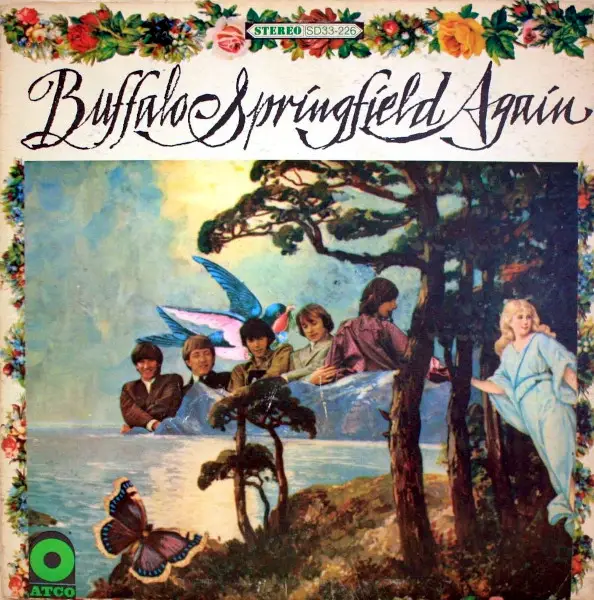
6. Rock & Roll Woman (Buffalo Springfield Again 1967)
“‘Rock & Roll Woman’ (rather mistitled, I’d say – there’s hardly anything rock & rolling about the song) starts out with a melody similar to the Byrds’ ‘So You Wanna Be A Rock’n’Roll Star’, then gets vocal harmonies similar to Sting’sIf You Love Somebody Set Them Free’ (yeah I know I’m being anachronistic here, but nothing soothes one’s heart better than a ridiculous comparison) and more of those tasty Young guitar parts – actually, Neil’s playing on this album might just be the very best thing about it.”
5. Mr. Soul (Trans 1982)
“Mr. Soul is one of my favorite Neil Young recordings if not my favorite. It has psych and garage ish tendencies that coalesce into cascasting awesomeness. “Mr. Soul” is a normal 60’s rock song, but it’s a good energetic opener for the parent album.”
See more: The Lumineers Albums Ranked
4. Flying on the Ground is Wrong (Buffalo Springfield, 1966)
“Neil young said this song is about being high and if you aren’t then you’ll never understand him. “Flying on the ground is wrong” because when you’re high you’re in the sky so if you’re on the ground you won’t get someone that’s high up.”
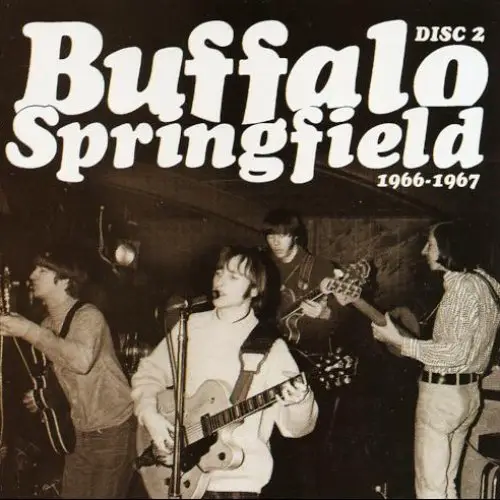
3. Broken Arrow (Buffalo Springfield Again, 1967)
“Quite possibly the most beautiful song I have ever heard, truly a classic, seemingly forgotten in a haze of pop hits. Neil Young on his own is amazing, but as Buffalo Springfield, the music is just…impossible to describe. You need to hear them to understand what I mean, only then could you see what i am talking about.”
2. Expecting to Fly (Buffalo Springfield Again, 1967)
“Perhaps the most beautiful melody Neil Young would ever create and the most ethereal singing from just about anyone of his era. The voice is gossamer light and airy and teamed perfectly with the best string/woodwind accompaniment a song can have. Jack Nitschke would go on to orchestrate the Harvest album for Neil Young but the crowning glory of their collaborations is surely the sublime Expecting To Fly for Buffalo Springfield.”
1. For What It’s Worth (Buffalo Springfield Again, 1967)
““For What It’s Worth” was pretty heady song, for some pretty heady days, and it still is. The lyrics were divisive, and outward looking, challenging people to find a safe place to hide, even if it was inside of their own heads. The song stopped everyone cold, making us feel that we didn’t know our families, couldn’t really count on our friends, and for sure, that our government was out to get us …”

